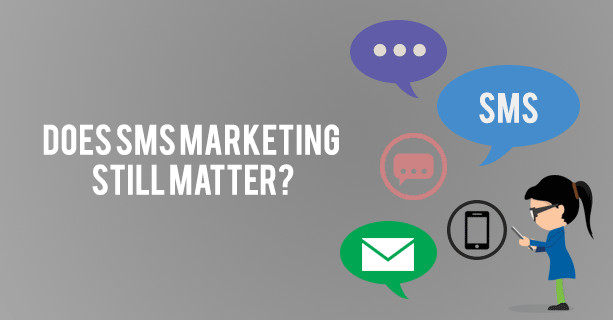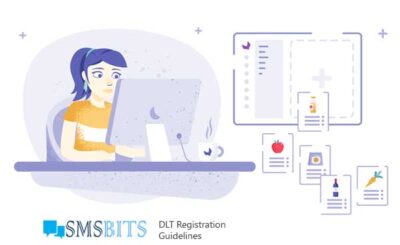SMS is part of telecom, which is regulated by Govt of India. years back, SMS prices were as low as 1 paisa per SMS, leading to SMS flood in the country. Every business – small, medium or large latched onto this low cost information broadcasting tool – BULK SMS. With hoards and hoards of SMS hitting mobile inbox, mobile subscribers have started to feel the discomfort. So along with regulating unwanted calls, TRAI (Telecom Regulatory Authority of India) has given guidelines to regulate SMS for commercial purpose. With a lot of amendments following the regulation, SMS is classified as Promotional SMS and Transactional SMS
Promotional SMS:
This is easy to understand, any SMS communication promoting some business sent to any mobile which is not part of NDNC registry in the same category of the business.
Mobile subscribers can register with NDNC with in following categories:
- Banking / Insurance / Financial products / credit cards
- Real Estate
- Education
- Health
- Consumer goods and automobiles
- Communication/Broadcasting/Entertainment/IT
- Tourism and Leisure
If none of the above categories
As a business, you can only send Promotional SMS messages between 9 AM and 9 PM. All the messages will have a 5 digit numeric sender id prefixed with operator code. Ex LM-16021
Transactional SMS:
Is there a standard definition for “what is a transactional SMS”? No.
But there are lot of guidelines given by TRAI regarding Transactional SMS, what it means from these guidelines is Any SMS communication, from an enterprise to its customer giving information about a transaction made by the customer. According to restricted definition of transactional messages by TRAI, below are some broad categories which can be treated as transactional SMS category.
- Account Related Alerts: Information sent to its customers by the Bank or financial institution or insurance company or Credit Card Company or Access provider pertaining to the account of that customer.
- Airlines/Indian Railways: Information given by Airlines or Indian Railways or its authorized agencies to its passengers regarding travel schedules, ticket booking and reservation;
- Educational Institutes: Information from a registered educational institution to parents or guardians of its students;
- Internal Employee Communication: Information sent by a registered company to its employees or agents or to its customers pertaining to services or goods to be delivered to such customers;
- Opt in Services/Subscriptions: Information sent by a registered company or charitable trust or society or telecom service provider, pertaining to its activities to a telecom subscriber in response to a verifiable request of such subscriber;
- E Commerce: Information sent by e-commerce agencies in response to ecommerce transactions made by their customers;
- SEBI: Information sent by a company or a firm or depository participant, registered with Securities and Exchange Board of India (SEBI) or Insurance Regulatory Development Authority (IRDA) or Association of Mutual Funds in India (AMFI) or National Commodity & Derivative Exchange Ltd. (NCDEX) or Multi Commodity Exchange or India Ltd. (MCX) to its clients pertaining to the account of the client:
- Electronic Recharges: Dealers of the Telecom Service Providers and DTH Operators for sending request for electronic recharge on mobile numbers.
- E-ticketing Agencies: for responding to e-ticketing request made by its customers;
- Social networking platforms: Facebook, Twitter, Orkut, LinkedIn, GooglePlus, SMS GupShup, Talk.to, Ibibo, Nokia Life tools, txtweb and Fropper to send messages to its members pertaining to activities relating to their accounts based on their verifiable options;
- Directory Services: Agencies providing directory services via SMS – Justdial, Zatse, Callezee, Getit and Askme.
- M2M: All Machine to Machine and person to machine messages, where machine is not a mobile handset and no manual intervention is required at the receiving end.
Coming to the point,
What is the Meaning of SMS codes like AM, VM and AD in Text messages:
You have been receiving SMS like LM-HATHWAY, TD-Google, MM-FACEBK. These SMS’s sent by Banks, Service Providers, Social Networking sites, Companies and many other recognized organizations, institutes that have started prefixing something like LM, MM, BT, TA, AD, ID, AT, VK…etc. What’s all this after all!!?
These SMSs originates from a Bulk SMS provider. The new TRAI regulation insisted bulk SMS providers to restrict the “Sender ID” to minimum 6 characters.






